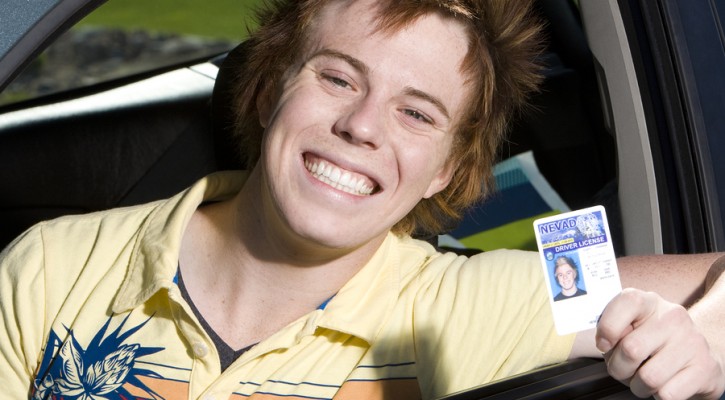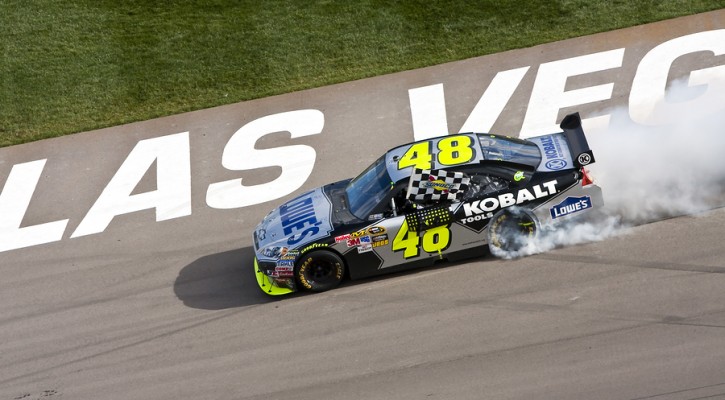The Dilemma Zone
April 10, 2014
We’ve all experienced it: that dilemma zone when a light turns yellow and you can’t decide whether to speed up or slow down. Will it be a long yellow, forcing you to stop early and look dumb as you sit motionless before the light turns red? Or, will it be a short yellow that turns red instantly? Unfortunately, there is no legislation mandating proper yellow light times. However, we do have a few tips to get you through the intersection safely.
1. If you can’t stop, then don’t. Most high speed intersections have long yellows to allow cars more stopping time. So, if you’re traveling over 55 mph and can’t possibly stop safely before the intersection, then chances are you are close enough to cruise through long before the light turns red.
2. Slow down gradually. Never slam on your brakes when you see a yellow light – that is always dangerous. Instead, slow down gradually, giving the people behind you plenty of time to react. Plus, if the light stays yellow longer than expected, you will still be slowly coming to a stop instead of sitting motionless waiting for the light to turn red.
3. Trust no one. If the light is yellow and you’re about to make a left turn, then do so. However, if there is oncoming traffic then don’t expect them to slow down, or even stop as the light turns red. Most drivers seem to think that yellow means “Hurry up and speed through the intersection!”.

Car Tech Curbs Teen Drivers
April 9, 2014
Since 2009, Ford’s MyKey technology has allowed parents to set boundaries for their teen drivers. It was originally introduced in the Ford Taurus but is now available in a variety of Ford and Lincoln models. See the full story of one parent’s test drive here:

National Work Zone Awareness Week
April 8, 2014
This week is National Work Zone Awareness Week, and TxDOT is reminding drivers to be cautious when driving through work zones. Their “Be Safe. Drive Smart.” campaign aims to reduce driver and worker fatalities by reminding folks about the dangers of roadside work zones. See the full story here: http://www.thevindicator.com/news/article_6edadfc0-be54-11e3-a011-001a4bcf887a.html
How to Stop Texting While Driving? There’s an App for That.
April 8, 2014
Whether you want to control your own bad habit, or you want to ensure that your teen driver isn’t texting behind the wheel, there’s an app for that. In fact, there’s a few.
TXTShield is a password-protected app that shuts down a phone’s ability to text while the car is in motion. The minimum speed that shuts down the app can be set from 10 mph to 40 mph. When texting shuts down, incoming texts do not show up on the home screen and the app automatically sends a response to the person who texted, letting them know that they are driving and will respond later.
Text Limit is another option. This app shuts down the ability to text, call (except 911) and use the internet when the car reaches 30 mph to 60 mph, depending on what the parent or administrator sets as the minimum speed. It also allows control through a website, and sends location updates to the parent/administrator every 5 minutes.
War on Distracted Driving
April 7, 2014
Distracted driving is now such a problem that the Department of Transportation is launching an advertising campaign coupled with law enforcement crackdown to combat the nation wide epidemic.
Radio, TV, and internet ads will run through next week and police across the country will be on the look out for distracted drivers.
The ads will be straightforward, depicting the consequences of driving distracted. The theme is “U drive. U text. U pay”, and internet promoters will be using the hashtag #justdrive. The aim is to get drivers, especially teens, to take a pledge to refrain from texting and driving, as well as give them tools to help raise awareness.
Texting while driving is now illegal in 43 states, and 12 states have banned the use of hand-held cellphones while driving.

Nervous Drivers are Better Drivers?
April 7, 2014
Nervous about your first year as a new driver? Good. This article at Discover Magazine explains that teens who are stressed about being behind the wheel are less likely to crash. See the full story here:
http://blogs.discovermagazine.com/d-brief/2014/04/07/nervous-teen-drivers-are-safer-behind-the-wheel

Lessons from the Speedway
April 5, 2014
The Las Vegas Motor Speedway is holding its popular teen driving program: Driver’s Edge. Participating teen get to learn life-saving skills, such as lane change maneuvers, anti-lock braking and skid control.
The program is free, but there are only 15 to 20 openings which usually fill up quickly. Teens must have at least a learners permit. For more information visit www.driversedge.org or call 702-901-7233.

Teaching Teens How to Drive
April 4, 2014
Teaching teens how to drive is one of the most nerve-wracking experiences of parenthood. That’s why teenage drivers should take it easy and drive carefully, while parents should prepare for the challenge by reading this quick list of best-practice tips.
Keep your priorities straight. Drivers education should be at the top of your To Do List. If they are taking classes, then make sure they are always on time and never pull them out early.
Practice often. Teens are advised to drive a certain number of hours by their driver’s education program. Make sure that you two are meeting or exceeding these hours.
Start slow. Begin your lessons in an empty, wide-open parking lot. Make sure they can accelerate, brake, turn, and drive straight. Once you both feel comfortable with these skills, then advance to a low-speed, low-traffic road, and then gradually move towards moderate traffic and higher speeds as skills progress.
Remain calm. Tensions are high and mistakes are costly, however, freaking out and yelling will only make the situation worse. So remember to always remain calm and give “constructive criticism”.
Give good directions. When helping your teen navigate, be sure to know where you are going, communicate effectively with very specific instructions, and always give directions far in advance. Rather than, “Turn right… here!”, tell your teen driver “At the next stop light, take a right”, or “Take the off ramp at exit 243, two miles ahead”.
Point out other driver’s mistakes. This is a great way to criticize bad driving without having to directly criticize your teen driver. You can also point out your own mistakes when you are driving.
Talk about distracted driving. Anything that takes their eyes and mind off the road is distracted driving. Tell them to keep their cell phones out of reach, their vanity mirrors closed, their music pre-tuned and their eyes on the road. You can also have them read this interesting study on distracted driving as it specifically relates to teen drivers.
Monkey See, Monkey Do
April 3, 2014
Long before teens begin their formal driver training, they are quietly and subconsciously taking driving queues from their parents. Every time a parent fails to come to a complete stop, or drives over the speed limit, or changes lanes without a blinker, their kid takes a mental note for later use.
So, the best way to ensure your kids will drive safely is to be a good driving role model. Don’t fiddle with the phone, break or bend the traffic laws, or drive aggressively. Be a safe and smart driver and chances are your kid will do the same.
Teen Distractions
April 3, 2014
All teens, parents and psychology majors will find this article over at the Atlantic particularly interesting. Apparently, boys are distracted by girls, and girls are distracted by boys, and everyone makes poor decisions when they drive with fellow-teen passengers. It may sound obvious, but the biological reasons for these poor decisions, and the results of the psychological study are enlightening nonetheless. See the full article here:
